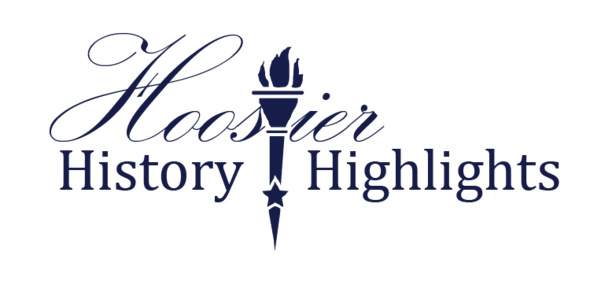This week in Indiana’s history …
 1839 – The Whitewater Canal opened between Lawrenceburg and Brookville. The tow boat Ben Franklin was greeted with much enthusiasm by citizens all along the way. Pulled by mules, it was the first boat to travel the entire route. Before railroads, canals provided much needed passageways within the state for the transport of people and goods.
1839 – The Whitewater Canal opened between Lawrenceburg and Brookville. The tow boat Ben Franklin was greeted with much enthusiasm by citizens all along the way. Pulled by mules, it was the first boat to travel the entire route. Before railroads, canals provided much needed passageways within the state for the transport of people and goods.
1918 – A Piggly Wiggly Store opened on East Washington Street in Indianapolis. Part of a fast-growing chain, it was described as a “self-serving” grocery store. Instead of giving clerks a list of items to retrieve, shoppers picked up the goods themselves. Music was provided on opening day and flowers were presented to each customer. This was the second such store in Indiana. The first, in Elwood, had opened three months earlier.
1927 – Hanover College celebrated its centennial with a pageant attended by over 2,000 alumni and friends. A marker was unveiled at the site of the old log house where the college was established in 1827. Attending the ceremony was Dr. John M. Coulter, grandson of founder Dr. John Finley Crowe. The previous evening, many in the group had embarked on a sunset to dawn “Hanover Moonlight” excursion on the Ohio River.
1940 – Janet Scudder died in Rockport, Mass. Born in Terre Haute, she attended art classes at Rose Polytechnic Institute, now Rose-Hulman. She studied at the Cincinnati Gallery of Art and the Chicago Institute of Art and later moved to Paris to work with the masters. One of the most successful sculptors of her day, she won praise for her statues, medallions, garden art, and fountains.
1944 – As news spread of the “D-Day” invasion, school children across the state sang patriotic songs and recited the Pledge of Allegiance. Teachers brought radios into classrooms to keep students informed of breaking current events. To many Hoosiers, the military operation was a hopeful sign of the beginning of the end of World War II.
1971 – Indiana University’s Lilly Library acquired the collection of books, manuscripts, letters, and photographs of British author Ian Fleming. Included were the typed manuscripts of his James Bond novels, with comments, changes, and corrections in the author’s own handwriting. The acquisition encompassed over 1,000 rare books and other printed material from the 19th and early 20th centuries.
